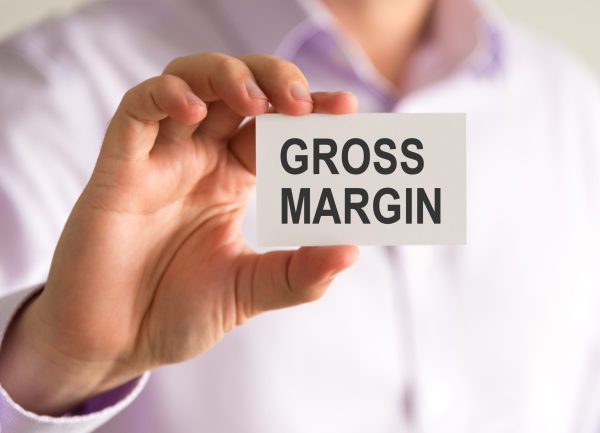All businesses have one thing in common; revenue make the owner happy! The problem is that revenue goals are meaningless if variable costs are rising without us noticing.
Here are 3 ways how tracking your gross margin can lead to higher profits.
1. Revenue goals are meaningless without tracking your gross margin.
If your costs are rising, but your prices aren’t, your are eating 100% of added costs! This means that everyone else is making more by raising their prices to you, while you are now working harder for less.
When you track your revenue with a specified margin, you’ll notice cost increases sooner and can adjust your prices sooner. Consider this, just a 2% margin differential equals $40,000 more profit in your pocket at $1,000,000 in revenue!
2. Averaging your gross margin is key.
Some items and services have market pricing caps for you to be competitive. However, you can increase your average margin with added services.
For instance, let’s say you own a car repair garage, and your overall goal is to maintain a 40% gross margin. Let’s say brake replacements in your market sell for $199, leaving you with an anemic 29% margin. If you offer additional services with 45% to 50% margins (like fluid refills, tire rotation and so on) you can increase the average margin to 40%. But you must track these numbers weekly or monthly to know how and when to react quickly as things change.
That said, don’t be too quick to discount items that you make 50% margins or more on, just because you’re making a good margin. You are going to need to those higher margins to help average out pricing errors, broken items and other mistakes that are sure to come with owning a business every year.
3. Know when to increase your prices and be able to react quickly.
A gas station is a perfect example of this mentality. We’ve all seen the prices on the sign change, seemingly by the hour. That’s because when their costs go up, so does their retail price. Price increases should never be arbitrary or guttural. If their margin goal is 40%, then the margin between cost and retail pricing stays at 40%. Not paying attention to your margins on a regular basis will, without a doubt, cost you thousands of dollars every year in profits.
To learn more about understanding gross margin, or other business help, contact Part Time Business Partners today!









